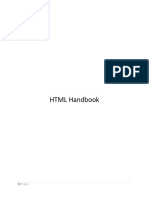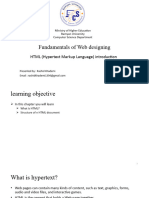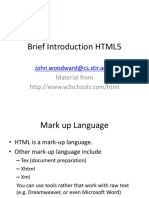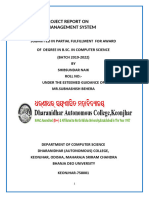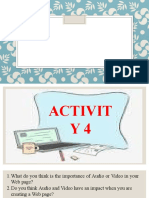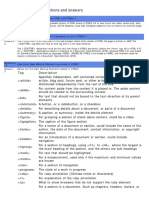0% found this document useful (0 votes)
8 views24 pagesHTML
The document provides a comprehensive overview of HTML, covering its definition, structure, elements, and semantic usage. It includes examples of basic HTML pages, text formatting, links, lists, images, tables, and forms, along with best practices and interview tips. The content emphasizes the importance of semantic HTML for accessibility, SEO, and maintainability.
Uploaded by
kengarswaCopyright
© © All Rights Reserved
We take content rights seriously. If you suspect this is your content, claim it here.
Available Formats
Download as PDF, TXT or read online on Scribd
0% found this document useful (0 votes)
8 views24 pagesHTML
The document provides a comprehensive overview of HTML, covering its definition, structure, elements, and semantic usage. It includes examples of basic HTML pages, text formatting, links, lists, images, tables, and forms, along with best practices and interview tips. The content emphasizes the importance of semantic HTML for accessibility, SEO, and maintainability.
Uploaded by
kengarswaCopyright
© © All Rights Reserved
We take content rights seriously. If you suspect this is your content, claim it here.
Available Formats
Download as PDF, TXT or read online on Scribd
/ 24





































